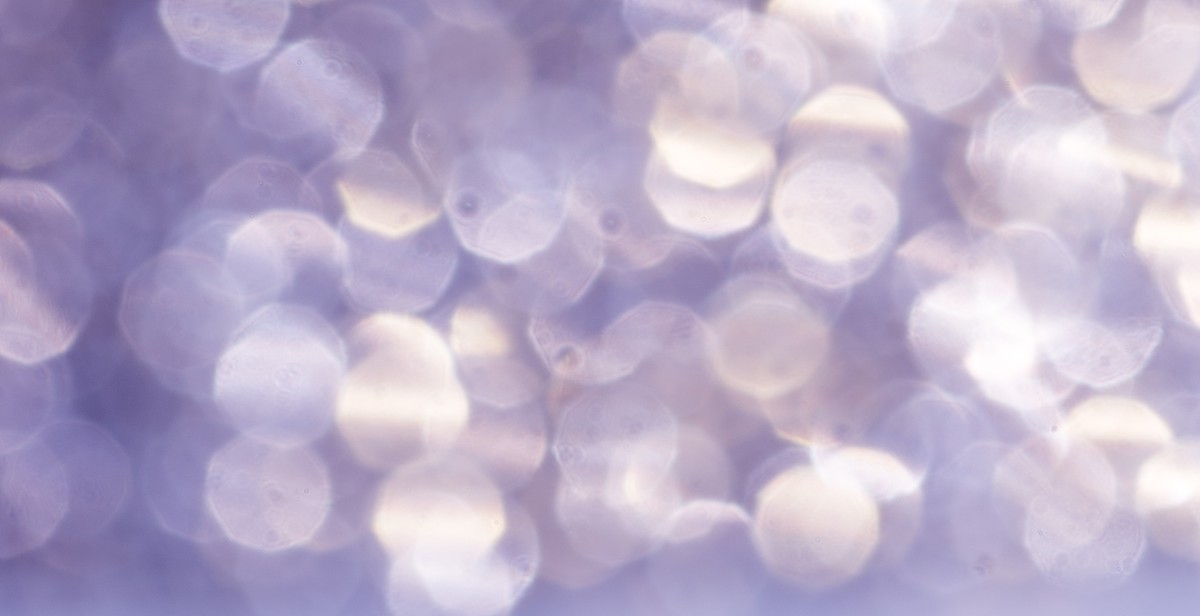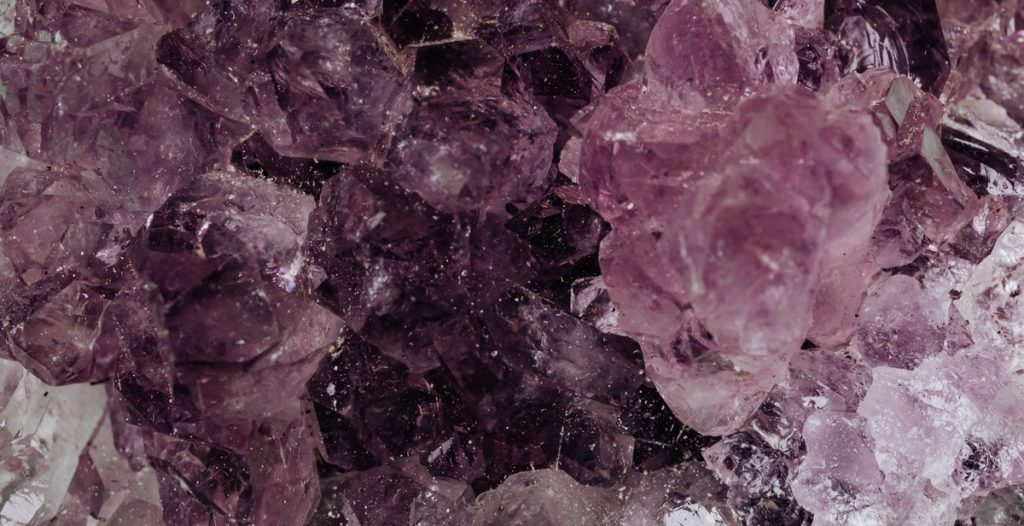The Allure of Tourmaline: A Guide to This Versatile and Beautiful Gemstone
Tourmaline is one of the most versatile and beautiful gemstones in the world. It is a crystalline mineral that comes in a variety of colors, including pink, green, blue, yellow, and red. This gemstone is highly prized for its unique properties, including its ability to generate an electrical charge when heated or rubbed.
This guide will provide an overview of tourmaline, including its history, properties, and uses. We will explore the different types of tourmaline, as well as their unique characteristics and benefits. Whether you are a gemstone collector, a jewelry designer, or simply someone who appreciates the beauty and versatility of this gemstone, this guide will provide you with all the information you need to know about tourmaline.
The History of Tourmaline
Tourmaline has a rich history that dates back thousands of years. The ancient Egyptians and Greeks believed that tourmaline had magical powers, and used it to protect themselves from harm. In the 18th century, Dutch traders brought tourmaline from Sri Lanka to Europe, where it became popular among the aristocracy. Today, tourmaline is found in many parts of the world, including Brazil, Madagascar, and the United States.
The Properties of Tourmaline
Tourmaline is a complex mineral that has a unique crystal structure. It is a boron silicate mineral that contains elements such as aluminum, iron, magnesium, sodium, and lithium. Tourmaline is also known for its ability to generate an electrical charge when heated or rubbed, a property known as pyroelectricity. In addition, tourmaline is a piezoelectric material, which means that it can generate an electrical charge when it is subjected to pressure.
The Uses of Tourmaline
Tourmaline is a versatile gemstone that is used in a variety of applications. It is commonly used in jewelry, where it is prized for its vibrant colors and unique properties. Tourmaline is also used in the manufacturing of electronic devices, such as computer chips and LCD screens. In addition, tourmaline is used in alternative medicine, where it is believed to have healing properties and can help to balance the body’s energy.

What is Tourmaline?
Tourmaline is a semi-precious gemstone that is highly valued for its unique and vibrant color variations. It is a complex borosilicate mineral that is formed in igneous and metamorphic rocks under high temperatures and pressures.
The Formation of Tourmaline
Tourmaline is formed through a complex process that involves the interaction of different minerals and elements under specific geological conditions. It is typically found in pegmatite rocks, which are coarse-grained and contain high concentrations of minerals such as quartz, feldspar, and mica.
The formation of tourmaline begins when magma or molten rock slowly cools and solidifies, creating pegmatite veins. These veins contain highly concentrated minerals and fluids that are rich in boron, lithium, and other elements that are essential for tourmaline formation.
As the pegmatite veins cool, the minerals and fluids begin to crystallize, forming tourmaline crystals that can range in size from tiny grains to large prismatic structures. The color and composition of the tourmaline crystals depend on the specific conditions under which they were formed, including the temperature, pressure, and the types and amounts of minerals and fluids present.
Tourmaline is found in many parts of the world, including Brazil, Sri Lanka, Nigeria, Tanzania, and the United States. It is a versatile gemstone that is used in a wide range of jewelry and decorative applications, and its unique properties make it a favorite among collectors and gem enthusiasts.

Types of Tourmaline
Tourmaline is a gemstone that comes in a wide range of colors, each with its unique properties and characteristics. Here are some of the most popular types of tourmaline:
Black Tourmaline
Black tourmaline, also known as schorl, is the most common type of tourmaline. It is a powerful grounding stone that is believed to protect against negative energy and promote emotional stability. Black tourmaline is often used in jewelry and can be found in various forms such as raw crystals, polished stones, and beads.
Watermelon Tourmaline
Watermelon tourmaline is a type of tourmaline that has a green outer layer and a pink or red core, resembling a watermelon. It is a highly sought-after gemstone and is believed to promote inner peace and harmony. Watermelon tourmaline is often used in jewelry, and its unique coloration makes it a popular choice for statement pieces.
Paraiba Tourmaline
Paraiba tourmaline is a rare and valuable type of tourmaline that was first discovered in Paraiba, Brazil. It is known for its vivid blue-green color, which is caused by the presence of copper. Paraiba tourmaline is highly prized by collectors and can command high prices in the market.
Rubellite Tourmaline
Rubellite tourmaline is a type of tourmaline that ranges in color from pink to red. It is a popular gemstone for jewelry and is believed to promote love and compassion. Rubellite tourmaline is often found in Brazil, Nigeria, and Madagascar.
Indicolite Tourmaline
Indicolite tourmaline is a blue or blue-green variety of tourmaline. It is a rare type of tourmaline and is highly valued by collectors. Indicolite tourmaline is believed to promote clear communication and self-expression and is often used in meditation and spiritual practices.
| Tourmaline Type | Color | Properties |
|---|---|---|
| Black Tourmaline | Black | Grounding and protective |
| Watermelon Tourmaline | Green and pink/red | Promotes inner peace and harmony |
| Paraiba Tourmaline | Blue-green | Rare and valuable |
| Rubellite Tourmaline | Pink to red | Promotes love and compassion |
| Indicolite Tourmaline | Blue or blue-green | Promotes clear communication and self-expression |

Properties of Tourmaline
Tourmaline is a gemstone that comes in a variety of colors and is known for its durability and clarity.
Color
Tourmaline comes in a wide range of colors, including black, brown, green, pink, red, and blue. Some tourmalines even have two or more colors in one stone. The color of tourmaline is determined by the presence of certain minerals in the stone. For example, green tourmaline gets its color from iron, while pink tourmaline gets its color from manganese. The most valuable tourmalines are those that have a rich, vibrant color.
Durability
Tourmaline is a durable gemstone that is suitable for daily wear. It has a hardness of 7 to 7.5 on the Mohs scale, which makes it resistant to scratches and chips. Tourmaline is also resistant to heat and chemicals, which makes it a popular choice for jewelry making.
Clarity
Tourmaline is often found with inclusions, which are natural imperfections in the stone. However, high-quality tourmalines are relatively free of inclusions and have excellent clarity. Tourmalines that are free of inclusions are more valuable than those with inclusions.
| Property | Description |
|---|---|
| Color | Comes in a wide range of colors, including black, brown, green, pink, red, and blue |
| Durability | Has a hardness of 7 to 7.5 on the Mohs scale, making it resistant to scratches and chips |
| Clarity | High-quality tourmalines are relatively free of inclusions and have excellent clarity |

Uses of Tourmaline
Tourmaline is a versatile and beautiful gemstone that has a wide range of uses in both jewelry and industry. Here are some of the most common uses of tourmaline:
Jewelry
One of the most popular uses of tourmaline is in jewelry. Its range of colors and its durability make it a popular choice for both fine and fashion jewelry. Here are some of the ways tourmaline is used in jewelry:
- As a center stone in rings, necklaces, and earrings
- As accent stones to complement other gems
- As beads in bracelets and necklaces
Tourmaline is also often used in men’s jewelry, such as cufflinks and tie pins, because of its striking colors and durability.
Industrial Uses
Tourmaline is also used in a variety of industrial applications because of its unique properties. Here are some of the ways tourmaline is used in industry:
- As a source of boron, which is used in the manufacture of high-strength magnets and in nuclear reactors
- As a component in semiconductors and other electronic devices
- As a coating on the inside of pipes to reduce the buildup of mineral deposits
Tourmaline is also used in some beauty products, such as hair dryers and straighteners, because of its ability to generate negative ions, which can help to reduce frizz and static.

Caring for Tourmaline
While tourmaline is a durable gemstone, it still requires proper care to maintain its beauty and shine. Here are some tips for cleaning and storing your tourmaline jewelry:
Cleaning Tips
- Use a soft cloth or brush to gently wipe away any dirt or dust from your tourmaline jewelry.
- Avoid using harsh chemicals or abrasive cleaners that can damage the surface of the gemstone.
- If your tourmaline jewelry needs a deeper clean, mix a small amount of mild soap with warm water and soak the jewelry for a few minutes before gently scrubbing with a soft brush. Rinse thoroughly and pat dry with a soft cloth.
- Ultrasonic cleaners are generally safe for tourmaline, but it’s always best to check with a professional jeweler before using one.
Storing Tips
- Store your tourmaline jewelry in a soft pouch or lined jewelry box to prevent scratches and damage.
- Avoid exposing your tourmaline jewelry to extreme temperatures or sunlight, as this can cause the color to fade or the gemstone to crack.
- If you’re traveling with your tourmaline jewelry, be sure to pack it carefully in a padded jewelry case or box.
| Do’s | Don’ts |
|---|---|
|
|

Conclusion
Tourmaline is a gemstone that has been cherished for centuries, and for good reason. With its wide range of colors and unique properties, tourmaline is a versatile and beautiful gemstone that can be used in a variety of jewelry designs. Whether you’re looking for a classic piece of jewelry or something more modern and unique, tourmaline is a great choice.
One of the best things about tourmaline is its durability. It’s a hard stone that can stand up to everyday wear and tear, making it a great choice for engagement rings, wedding bands, and other pieces that will be worn regularly. Plus, with its wide range of colors, you’re sure to find a shade that suits your style and preferences.
Whether you’re a gemstone enthusiast or simply looking for a beautiful piece of jewelry, tourmaline is definitely worth considering. With its unique properties and stunning colors, it’s a gemstone that is sure to turn heads and make a statement.
So why wait? Start exploring the world of tourmaline today and discover all the beauty and allure this gemstone has to offer.

